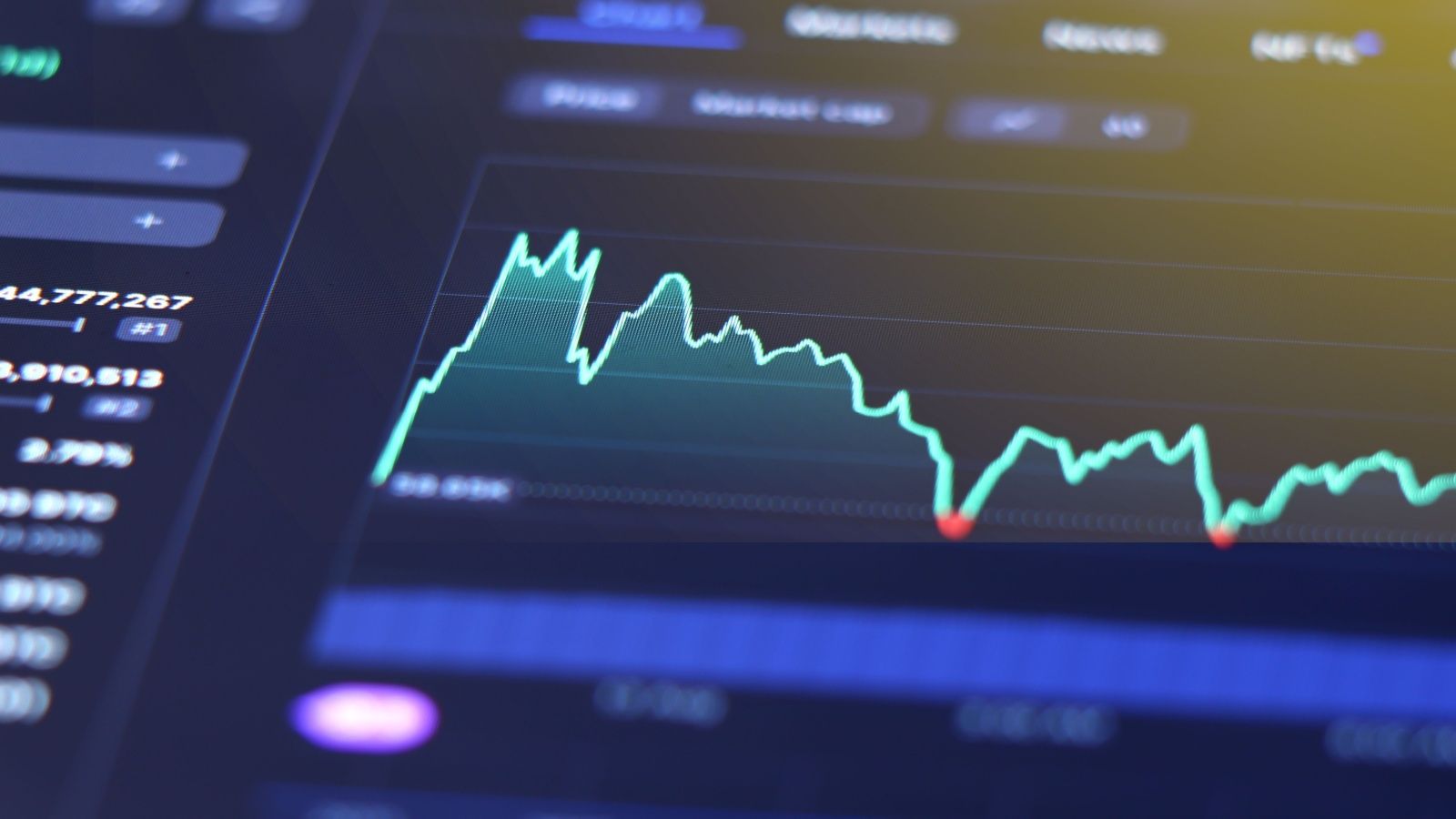What is Net Working Capital & How to Calculate: Formula, Meaning, & Ratio
Written by Upstox Desk
Published on October 06, 2025 | 5 min read

Knowing about net working capital can help you understand the financial condition of a company. Knowing this information can help you make better decisions regarding your investment. If you don’t know what the net working capital is then worry no more!
In this article, we will talk about net working capital in detail. We will look at the meaning of net working capital, the net working capital formula, the components of net working capital, the interpretation of the net working capital, and the uses and limitations of net working capital. We will also look at how to reduce the net working capital.
What Is Net Working Capital?
The distinction between a company's current assets and liabilities is referred to as net working capital. It serves as a gauge of a company's short-term financial stability, liquidity, and capacity to make effective use of its resources. The ideal situation is to have a positive net working capital balance, which is achieved by having more current assets than current liabilities.
Net Working Capital Formula
Depending on what an analyst wishes to include or omit from the value, there are some alternative ways to calculate net working capital.
Formula:
- Net Working Capital = Current Assets – Current Liabilities
- Net Working Capital = Accounts Receivable + Inventory – Accounts Payable
- Net Working Capital = Current Assets (less cash) – Current Liabilities (less debt)
Components Of Working Capital
There are two primary components of working capital they are-
Current Asset
The business anticipates receiving economic gains in the upcoming 12 months are known as current assets. Cash, inventory, investments, and accounts receivable are all current assets. Since they indicate the resources a firm has at its disposal to produce revenue and profit, current assets are significant. For a business to continue operating and satisfy its short-term obligations, it has to have enough current assets.
Current Liabilities
All debts a corporation owes or will be due within the next 12 months are collectively considered current liabilities. Since current liabilities reflect the sum of money a firm will pay shortly, they should be closely monitored. Businesses may find it difficult to guarantee they have adequate cash on hand to cover their responsibilities. Current liabilities come in various forms, such as short-term loans, accounts payable, and accumulated expenses.
How To Interpret Net Working Capital
If the net working capital number is significantly positive, the short-term cash flow from current assets is more than sufficient to cover current liabilities as they become due. If the number is significantly negative, the company could not have enough cash to cover its immediate obligations and might be in danger of going out of business. When the net working capital figure is plotted on a trend line, it becomes more illuminating as it may demonstrate a long-term progressive increase or decrease in the net working capital figure. In general, sufficient net working capital is seen as having a current asset-to-current liability ratio of 2:1.
A company's potential for rapid expansion can also be predicted using net working capital. It might have enough money to quickly expand the business if it has substantial financial reserves. On the other hand, it is highly improbable that a company will have the financial resources to accelerate its expansion rate if its working capital is tight.
Use Of Net Working Capital In Financial Modeling
The following list of elements highlights the significance and applications of working capital:
- Managing liquidity: The finance department can assess their financial situation and make arrangements for the cash by comprehensively understanding upcoming or impending expenses.
- Facilitating decision-making: A corporation evaluates its present fund position by accurately estimating the number of daily finances needed. This gives the business the freedom to choose the source and amount of funding.
- Make quick money: There are times when a business has extra cash. The business can determine how much cash it will need by estimating its working capital needs. The company may make additional short-term investments over and beyond its requirements for working capital to make a profit.
Problems With Net Working Capital
One of net working capital's typical drawbacks is that the calculation ignores cash flow, which is crucial in paying down debt. Even though the company has enough cash flow to pay off the debt, having a sizable line of credit could negatively impact net working capital.
Working capital fluctuates constantly. When a business is fully operational, several, if not most, current asset and current liability accounts are likely to alter. As a result, the company's working capital position has probably already changed by the time financial data is gathered.
Additionally, not all liquid current assets are. For instance, some goods and raw materials could be difficult to sell for cash. These might be difficult to collect or even impossible in some circumstances, similar to receivables.
How to Reduce Net Working Capital
The quantity of net working capital can be changed in several ways that are in your favour. One choice is to set a deadline for clients to make their payments. However, dealing with influential and sizable clients can be challenging.
Another approach is to be more proactive in pursuing unpaid accounts receivable; however, when collection efforts are unduly aggressive, there is a risk of upsetting clients.
A third choice is to make just-in-time inventory purchases to lower the inventory investment, although doing so may result in higher delivery costs.
As another option, consider returning the unused product to suppliers in exchange for a restocking fee. Alternatively, although doing so is likely to irritate suppliers, consider extending the period until accounts payable are paid. The best time to extend the payment days is when you can offer volume sales in return.
About Author
Upstox Desk
Upstox Desk
Team of expert writers dedicated to providing insightful and comprehensive coverage on stock markets, economic trends, commodities, business developments, and personal finance. With a passion for delivering valuable information, the team strives to keep readers informed about the latest trends and developments in the financial world.
Read more from UpstoxUpstox is a leading Indian financial services company that offers online trading and investment services in stocks, commodities, currencies, mutual funds, and more. Founded in 2009 and headquartered in Mumbai, Upstox is backed by prominent investors including Ratan Tata, Tiger Global, and Kalaari Capital. It operates under RKSV Securities and is registered with SEBI, NSE, BSE, and other regulatory bodies, ensuring secure and compliant trading experiences.

























